Ngazidja
"Salam aleikoum."
"Aleikoum salam. Gawamnono?"
"Ndjema, hamdulillah!"
I've just got back from a week's holiday in Ngazidja, the largest of the four Comoros islands. They are known as Ngazidja (Grande Comore), Mwali (Mohéli), Ndzuani (Anjouan) and Maoré (Mayotte). The last one is the subject of quite a lot of debate, as Mayotte belongs geographically to the Comoros archipel, but is administratively claimed by France. The Mahorese have taken this opportunity to lord it over the other three islands, and the remaining three Comoros islands complain regularly that Mayotte is just as Comorian as they are and who do they think they are, acting like that.
It's not exactly the place you dream of going on holiday, but the Comoros islands are a fairly popular destination among m'zungus in Mayotte who want to see where their pupils and colleagues come from, and why Ngazidja is allegedly so much better than Mayotte. I hadn't really thought about going there, there were other places I wanted to see, but I have two colleagues and friends, Bernard and Armiya, who come from Ngazidja. Bernard is building several houses and shops there, and has been going back every single holiday to work on his various construction sites. He's been telling me about these construction sites for the last three years, and had invited me to come over when the big house would be finished, in 2015. Unfortunately, 2015 will be the year I leave Mayotte, so we thought about it and decided that I would come over during the October half-term holidays. He would put me up, and in return I would help on the construction site. He informed me that I would be painting walls. He wasn't taking any risks. I could bring a friend if I wanted, he would be happy to have the extra pair of hands.
At the airport, a rather grotty bus came to pick us up. It then took us to a surprisingly small plane: a 14-seater Cessna, which would take us to Ndzuani for a 15-minute stopover, then to Ngazidja. The same would happen on the way back. Of course, the 15-minute stopover turned into one hour going and two and a half hours coming back. You had to bend over double to enter the plane, but you could sit right behind the pilots, which was very interesting. And as they flew at 5500 feet, we had a beautiful view of the lagoon and coastline of Mayotte.
My friend had decided he wanted us to paint, so paint we did. The walls were bare when we started, and the idea was to paint everything white. With rather liquid paint which didn't really want to go on the wall. We covered the floor with old cement bags, cobbled together painting rolls and got to work. Each morning during the week, we would mix paint, spread cement bags around and paint happily for a few hours. I soon found out that painting ceilings is harder than it looks.
Living in Moroni, the capital of Ngazidja, isn't as comfortable as living in Mayotte can be. There is no running water, you fetch buckets of water from a container in the backyard which collects rainwater and non-drinkable soft water. My friend had installed a washbasin, a bath and a toilet, but non of these were connected to the water supply yet. Hot water didn't matter as much as it would in a colder country, as the average temperatures in Ngazidja are the same as in Mayotte : it's the end of winter and the beginning of summer here, so about 30-32°C.
Electricity was fun, too. There is no continuous electricity in the Comoros islands: electricity comes on in the evening, but not at a fixed time and not for a fixed duration. It can come on at 6 p.m. and stay on until the next morning, or it can come on at 10 p.m. and stay on for half an hour. In Ngazidja, they don't talk about "electricity": it's called "the light". My friend lives in Mayotte with his wife and son. When we asked his son whether he preferred Ngazidja or Mayotte, he answered: "Mayotte, because there's the light".
Canal Satellite, the satellite TV provider, has found a solution to the electricity problem. If you subscribe to satellite TV, they give you a free generator.
Around the house in Moroni where we stayed, there were lots of interesting buildings. This is the capital of the Comoros islands (all three of them, as we're not really counting Mayotte), so this was where all the main administrative buildings belonged. The building in the bottom two photos is the Ministry of Education of the Autonomous Island of Ngazidja. Just above, there is the Palace of Justice, and above that again is the Comorian Society of Water and Electricity. Not a terribly useful bunch of people, that one.
The market in Moroni is called Volo-Volo. It's a big market. Parasols are anchored down with stones, or tied to tables, and wheelbarrows are lined with flattened cardboard boxes in order to put more stuff inside. There's even a bit of patriotic and religious graffiti lying around. There aren't many white people in there, so when they see one, they come up to you in great numbers to convince you to come and see their stall, even if you don't buy anything. They particularly wanted us to buy t-shirts with "Comoros" written all over them, as well as souvenirs of the Comoros islands... made in Madagascar... exactly the same craftswork as the stuff you can find in Mayotte, just with a different shape and a different name.
Ngazidja, like the other Comoros islands and Mayotte, is a Muslim country, but it seems to be taken much more seriously than in Mayotte. All the girls wear hijabs and abayas, all the men wear kofis and galabiyyas. On the photo, my friend Bernard and his son Malan. He used any old clothes to paint the house, but changed into the clothes above to pray. Friday is Muslim prayer day, the equivalent of the Christian Sunday, so everybody went to mosque to pray at the times designated by the imam and called by the muezzin. Ideally, you should return to the village you were born in to pray, which was what Bernard and Malan did that Friday, taking us along so that we could see a different village. Unfortunately, by the time we arrived, the prayer had finished, so he took us to the other house he was building there and let us have a look round while he prayed on his prayer mat turned towards Mecca.
In Moroni, we went everywhere by taxi. One taxi trip cost 250 KMF, or Comorian francs: the equivalent of about 30p, wherever you were going. The Comoros are an old French colony, so people drive on the right and the steering wheel is usually on the left. However, several taximen from Ndzuani (Anjouan), another of the islands, import right-hand-drive cars cheaply from Dubai. I'm used to both, but the friend I was with didn't like the right-hand-drives at all and ended up insisting on choosing all our taxis, based on the side the steering wheel was on as well as the general state of the car.
Ngazidja has some beautiful beaches. The sand is fine and white, the sea is just as colourful as in Mayotte, but as there is no coral reef and therefore no lagoon, the sea isn't flat and calm the way it is in Mayotte. There are real waves, and the water is nice and warm. Unfortunately, when we swam for the first time in the sea in Ngazidja, there was so much rubbish in there - plastic bags, packets of this that or the other, used nappies... - that we came back out pretty quickly.
(Mayotte has gone to my head, I think. No coral reef? No lagoon? What is this place?)
We only had the afternoons free from painting, and the sun goes down at 6 p.m. like it does in Mayotte, so there wasn't a lot of time to go outside the capital city. We managed a total of one and a half excursions, the half being an aborted mission to go down south on prayer day when there turned out to be no taxis. Our main excursion was right up to the north of Ngazidja, through a village called Mitsamiouly and up to the Salty Lake. The original idea had been to go up the Karthala volcano in the south of the island, but a few things opposed that: the distance to cover required a full day's ascent and a full day's descent, the friend I was with only had a pair of flip-flops, and I had a broken toe. Climbing volcanoes was not the best idea.
The Salty Lake was pretty, but there wasn't really that much to do in the area. You could walk round the lake, but that also required climbing a small if rather steep hill, which the lack of shoes and the broken toe didn't really permit. So we gawped at it for five minutes, then went off on a small trail along the coast, saw a pretty bay with a few boats and a fisherman living in a container, watched a bit of a kids' football match in the dust and went back on the road to find a taxi back. A group of local lads came up to us and kept the conversation flowing while we waited for the taxi.
The taxis were stories in themselves. The first one was just a village taxi, to travel the four or five kilometres back from the Salty Lake to the village of Mitsamiouly. We saw the taxi coming, stuck our hands out and the taxi stopped, full to the brim with four people in the back and one in front. The driver then proceeded to eject the guy in the front in order to collect us both, and we travelled to the village sitting one on top of the other, my head bumping against the roof of the car at every bump and pothole. There were a lot of bumps and potholes.
The second taxi was a taxi-brousse, or bush taxi: a minibus designed to travel longer distances between villages and from north to south. At first, when we asked if he was going to Moroni (capital, where we were staying), the driver said no. However, seeing that his taxi wasn't filling up as fast as he would have liked, he announced that he would travel down to Moroni if enough people wanted to go. His taxi instantly filled up. There were eight seats. On those eight seats sat a grand total of twenty people. We were packed like sardines for the hour's drive back home. That, as well as the taxi-brousse on the way there, were my first trips in a taxi-brousse. Originally, I had thought of going down Madagascar in that fashion. Now, I'm extremely pleased I took a motorbike. Taxi-brousses are rather cramped and get extremely smelly, and that was only for an hour's drive. I can't see myself enjoying 1500 kilometres in a taxi-brousse.
And with that, after having painted three large rooms from top to bottom including ceilings, gone up north and a bit down south, travelled in a bush taxi, learnt a few words in Comorian and Arabic, seen my colleague turn from a well-turned-out professional into a painter and then into a devout Muslim, swum with nappies and, more importantly, seen the place lots of my colleagues and pupils come from and talk about regularly, it was time to fly back home in the 14-seat plane. The two photos above are of Ngazidja, all the photos below are of Mayotte and the coral reef.
Seen from the air, Mayotte really is a beautiful place.








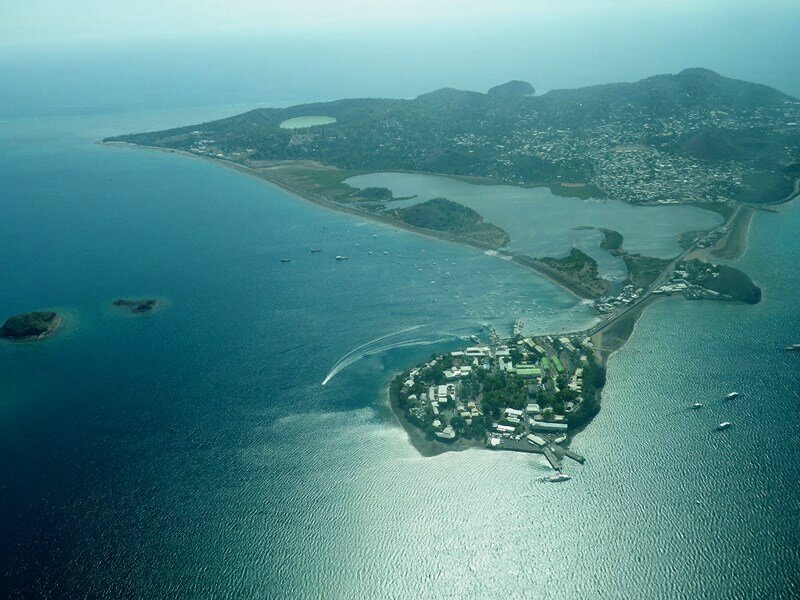




















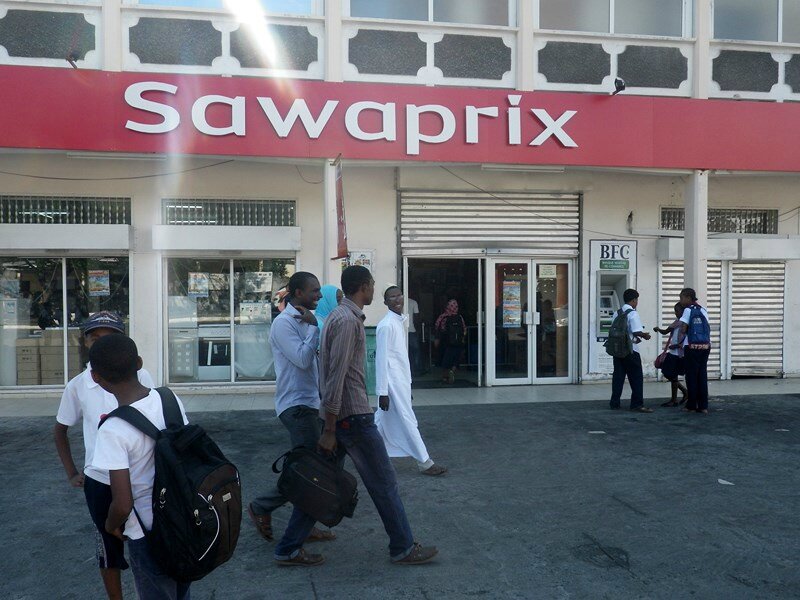

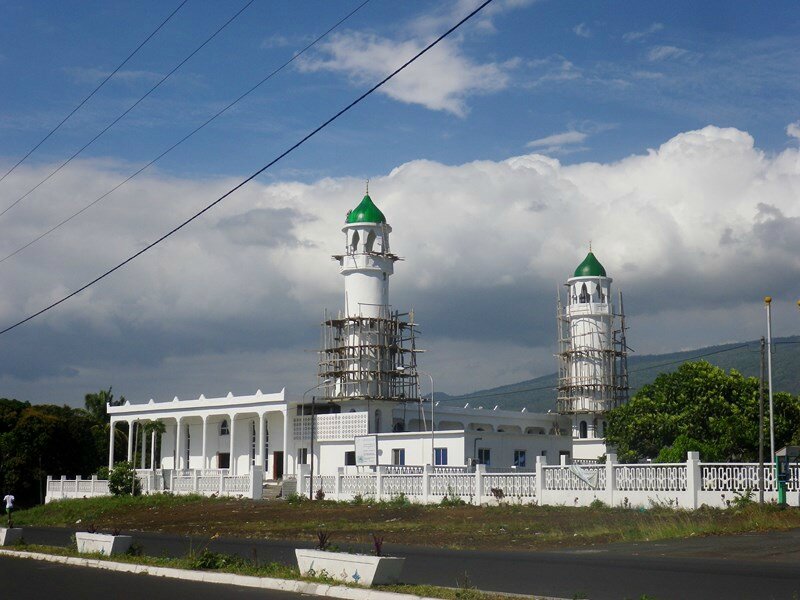

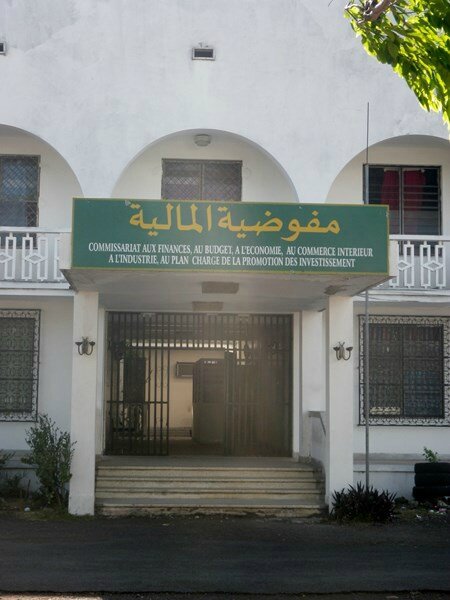





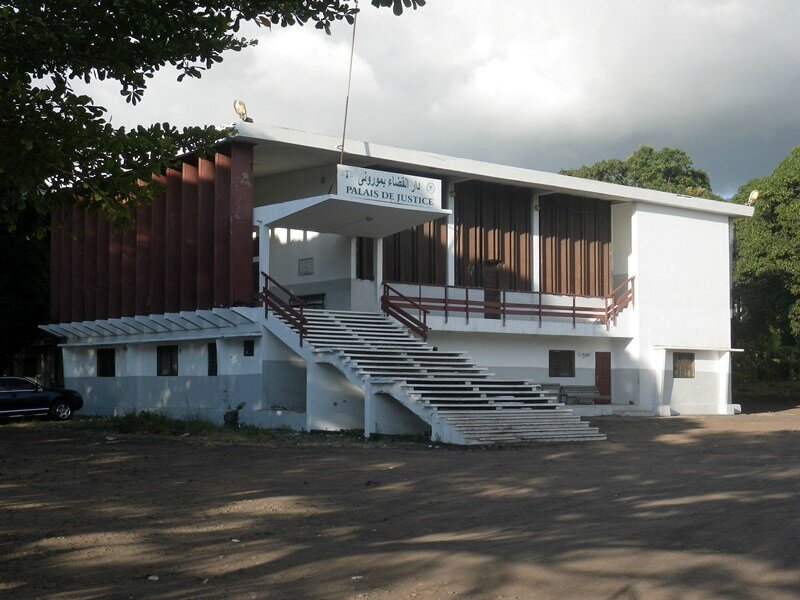










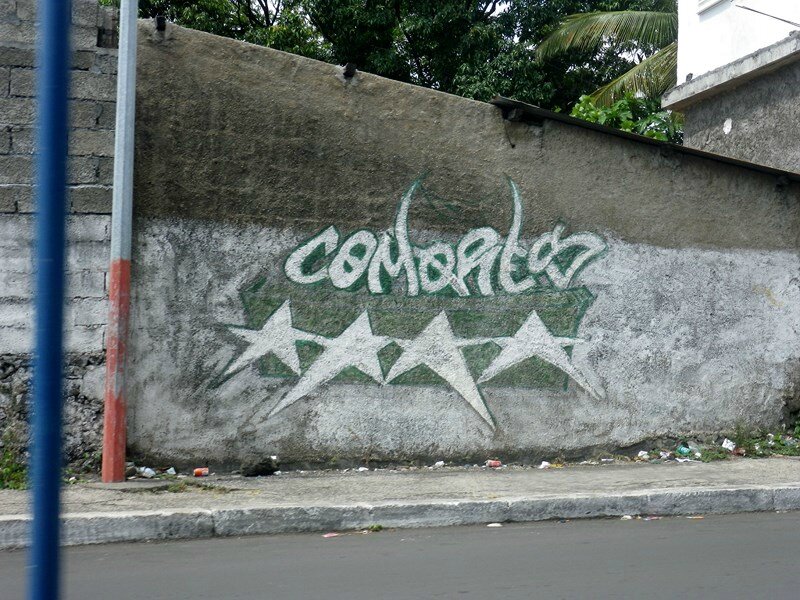
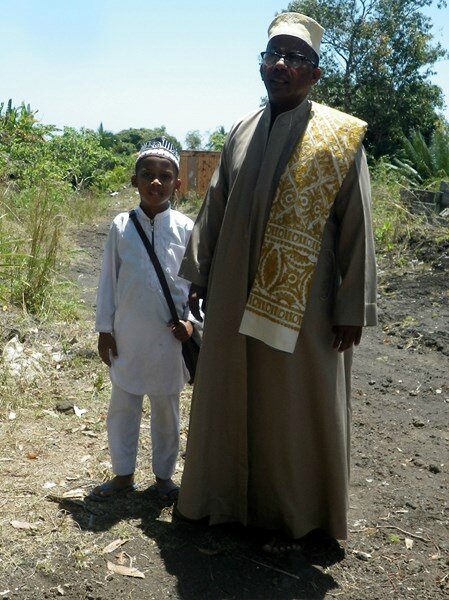
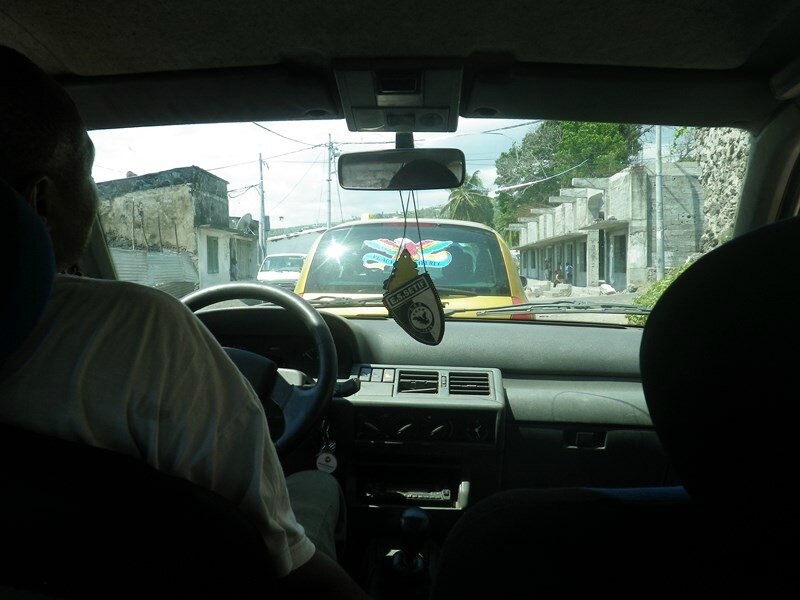











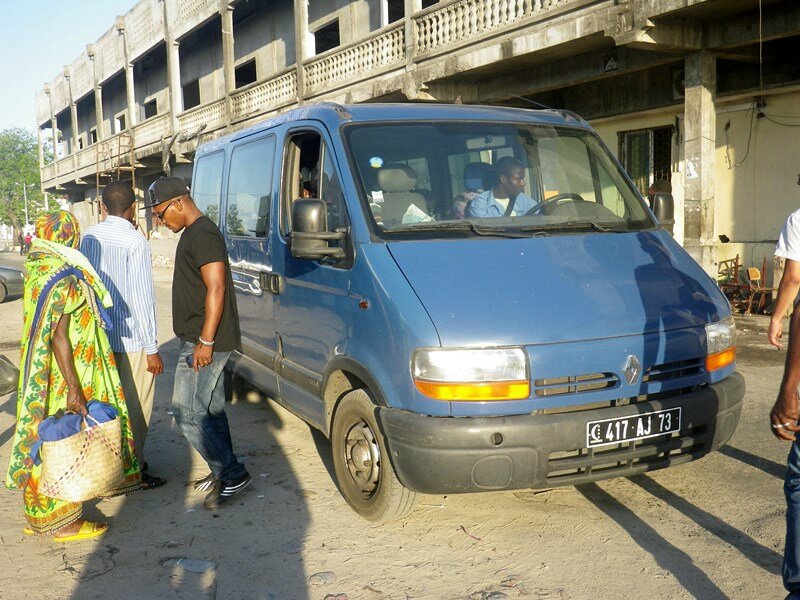

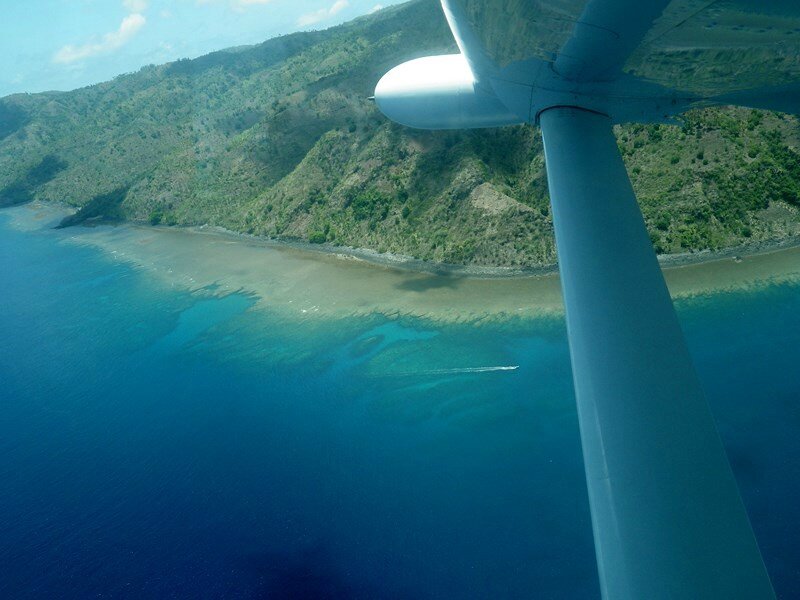
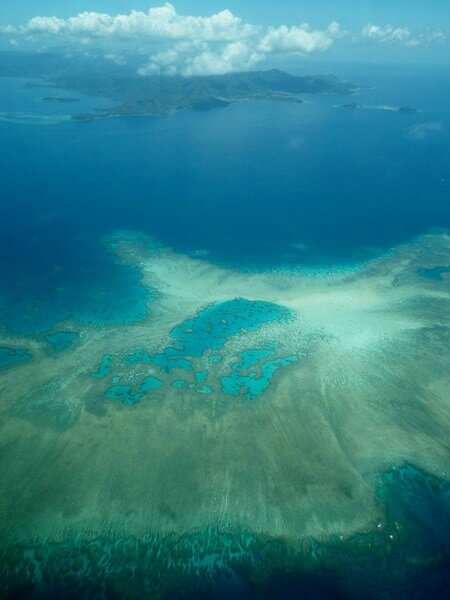


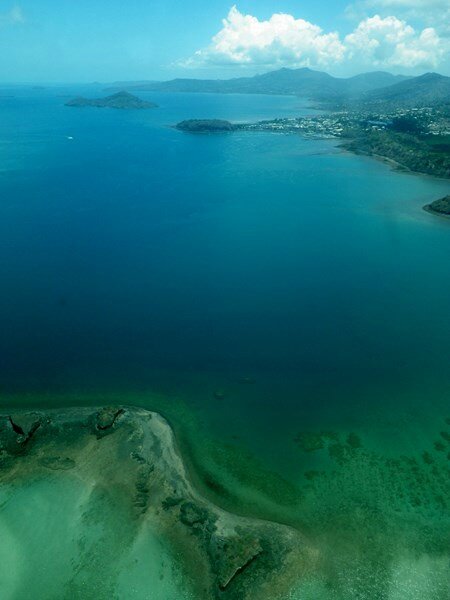

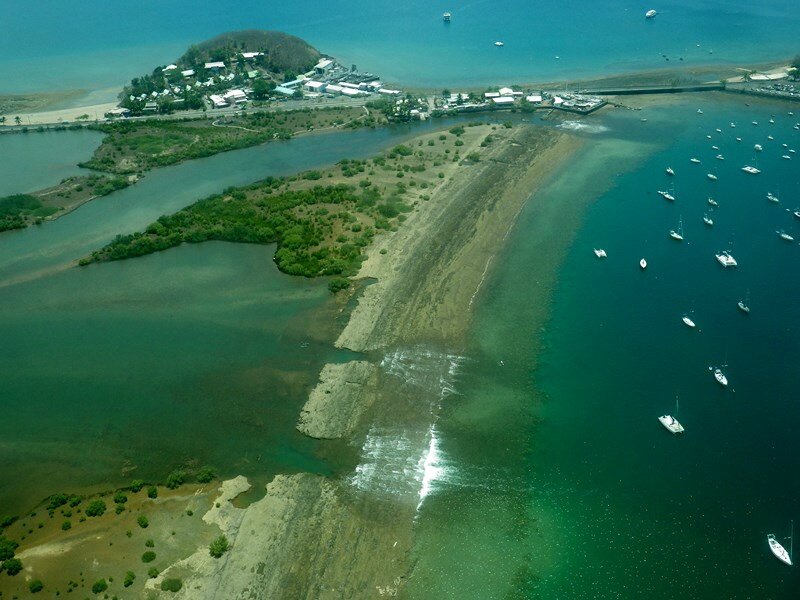




/http%3A%2F%2Fstorage.canalblog.com%2F46%2F39%2F886305%2F105228464_o.jpg)
/http%3A%2F%2Fstorage.canalblog.com%2F29%2F20%2F886305%2F104372181_o.png)
/http%3A%2F%2Fstorage.canalblog.com%2F43%2F08%2F886305%2F100957403_o.jpg)
/http%3A%2F%2Fstorage.canalblog.com%2F56%2F26%2F886305%2F97908724_o.jpg)
/https%3A%2F%2Fstorage.canalblog.com%2F34%2F27%2F886305%2F69902683_o.jpg)
/https%3A%2F%2Fstorage.canalblog.com%2F60%2F68%2F886305%2F69902677_o.jpg)
/https%3A%2F%2Fstorage.canalblog.com%2F88%2F49%2F886305%2F69902659_o.jpg)
/https%3A%2F%2Fstorage.canalblog.com%2F98%2F60%2F886305%2F69896713_o.jpg)
/https%3A%2F%2Fstorage.canalblog.com%2F53%2F34%2F886305%2F69883693_o.jpg)